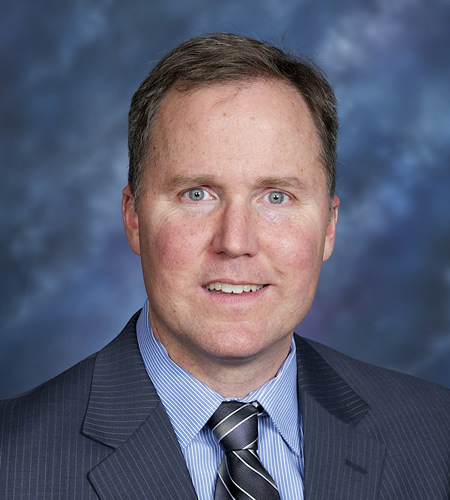Surgery is a team sport. To most, that means everyone on the team has their specific job to do for their patients to get a good outcome; to “play your position.” Surgical residency programs are developed with the idea that we can train our way to success. By the time resident become attending surgeons, they are great at following well established protocols and standard operating procedures (SOP) for open chest CABG and valve repairs/replacements. For these cases, the expectations of their staff are well understood. But adopting a new, high risk surgical innovation like robotic cardiac surgery transforms attendings and OR staff into novices. Compliance with SOP doesn’t enhance safety as it does for a mature procedure. These standards don’t yet exist for new procedures. Safe innovation cannot rely on following protocols but having team members good at coming up with new ways of performing their old tasks, in other words – improvising. The demands of learning a complex set of technical tasks makes it hard to do anything else. That means that just trying to actually perform this procedure can crowd out teamwork behaviors like cross-checking, mutual support, and collaboration and leadership behaviors like communication and building trust and psychological safety. Indeed, social science research analyzing cardiac teams as they adopt robotics suggest this leadership and teamwork is usually absent. Without these things, teams struggle to learn, which puts the program at high risk to fail.
Our current system of safety and training is defined around the needs of open surgery, which is solely by standardization. Safety is optimal with open surgery when everything is done according to the standard – doing the same thing, the same way, every day. Expert teams performing certain high risk tasks – like completing a Navy Seal mission, landing a helicopter in a war zone or a jet on an aircraft carrier, or performing an innovative surgery like robotic CABG – know they will need to improvise, so they veer off script in almost every case. The familiar, time-tested habits and routines that made open chest surgery efficient and safe are not sufficient for teams trying to adopt robotics. Robotics training focuses on technical skills but neglects the wide array of new leadership skills that are needed for improvisation. Asking a team to adopt a new procedure within the context of a system of safety that sets them up to fail is the type of untenable proposition that psychologists would call a double-bind. A serious pursuit of surgical innovation requires proactive elimination of this double bind.
The pursuit starts with a new way of defining safety. In other words, a new paradigm. There is a system of safety that emphasizes improvisation in addition to standardization: the high reliability organization (HRO). HRO understand the value of standardization, mainly as a means to appreciate when improvisation is required. As an example, airlines have become highly reliable. No standard procedure was able to help Capt. Sullenberger land his plane on the Hudson River in Jan 2009. He had no training on this scenario provided by the flight simulator. Yet the day this event happened, the teamwork among the crew was so effective that they were able to support each other as they tackled a totally unfamiliar situation almost flawlessly. A system that Capt. Sully operated in keeps the number of preventable errors near zero. In the OR, it would greatly increase the odds of success for safe adoption of robotic cardiac surgery.
Paradigms are hard to break. Reasoned arguments or other data rarely lead to an evolution in something as critical as how a surgeon chooses to keep patient safe. An attitude change as major as shifting towards an HRO mindset requires a revolution. In other words, a critical mass of older surgeons that support the status quo must either die or retire and leave the field of CV surgery open to a hostile takeover.
Product manufacturers like Intuitive Surgical have wanted no part in this revolution. Their interest was selling $2 million robots, which is far more likely when the training and start-up of a robotic cardiac surgery program was made to seem as easy as possible. When the evidence showed that robotic CABG programs were failing, concluding that the procedure was inherently unsafe was the most politically expedient explanation. It was a logical and inevitable conclusion when standardization is the sole yardstick for safety. However, if robotic CABG were inherently unsafe, it would not depend on how safety is defined. A frontal lobotomy is an example of an inherently unsafe procedure. No matter how you look at it, driving a nail through the skull into the frontal lobe is not safe because its not effective. You get risks with no benefit from a frontal lobotomy. A variety of evidence establishes that robotic CABG, on the other hand, is highly effective. The results from this procedure consistently beat STS national benchmarks for open CABG, particularly in the hands of surgeons like myself who have done over 1000 cases. The idea that less invasive surgery is better and safer than open surgery has stopped being a topic of debate in other surgical specialties.
A lot of robotic cardiac surgery programs have stopped doing cases because of a general unease about this question about whether this procedure is safe. It would be a shame if patients interested in less invasive options have to wait for those old school surgeons that are married to the sternotomy to die in order for the inherent efficacy of robotic CABG to be more broadly understood by patients and referring providers.
